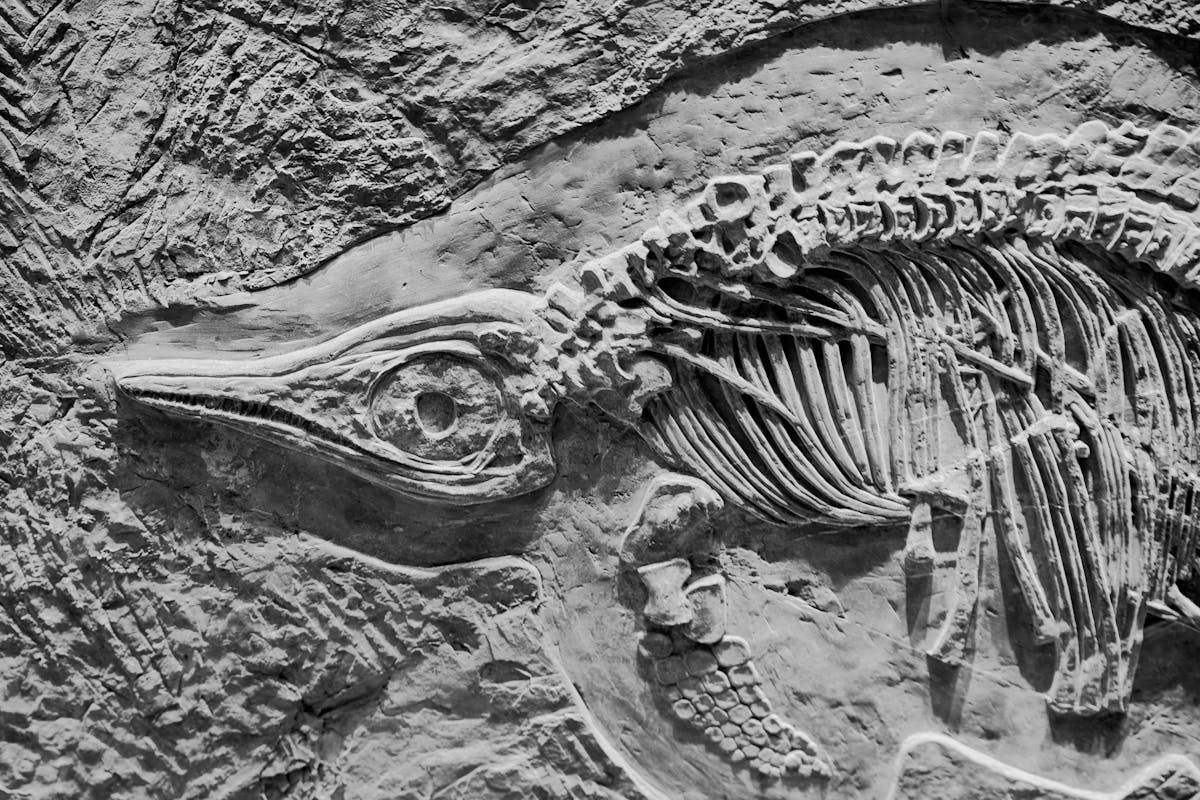In a remarkable twist of nature, an ant queen has been observed giving birth to two entirely different species. This rare phenomenon offers new insights into genetics, evolution, and the intricate social dynamics of insect colonies.
The findings, documented by entomologists following meticulous observation and genetic study, question the traditional perception of ant reproduction. Normally, a queen ant gives birth to her own species’ offspring, which maintains the colony’s consistency and unity. Nonetheless, in this exceptional instance, the queen was discovered to have produced offspring from two distinct species, a situation that researchers deem as remarkable and uncommon.
This phenomenon offers a remarkable chance for scientists to explore the fundamental mechanisms of reproductive biology, hybridization, and genetic adaptability in insects. The effects go beyond ants, providing insight into evolutionary processes that might happen under certain environmental or genetic situations.
The science behind the phenomenon
Ant colonies are frequently admired for their intricate social organizations, with the queen fulfilling the role of the colony’s reproductive center. Typically, in most species, she lays eggs that mature into workers, soldiers, or new queens, all sharing a uniform genetic ancestry. The appearance of offspring from two distinct species challenges this standard and raises inquiries about genetic compatibility, reproductive tactics, and the limits of species.
Scientists participating in the research carried out comprehensive DNA tests to verify the identities of the progeny. Their discoveries indicated that the queen’s eggs had unexpectedly varied at the genetic level, leading to one group developing into members of her own species while another group belonged to a species that is closely related. Events like these are extremely uncommon and propose either unidentified reproductive processes or atypical environmental factors that impact gene expression.
The occurrence is not just intriguing but also holds scientific importance. It questions established beliefs regarding reproductive isolation and species loyalty in ants. Gaining insight into the reasons and mechanisms behind this two-species reproduction might reveal wider concepts of evolution, adaptation, and genetic versatility in social insects.
Implications for evolutionary biology and genetics
This discovery has profound implications for evolutionary biology. Traditionally, species are defined by their ability to reproduce successfully within a specific lineage. However, the case of a queen ant producing two species blurs these lines, suggesting that under certain circumstances, reproductive barriers can be crossed or bypassed.
Certain researchers propose that these events may signify an uncommon type of crossbreeding or genetic irregularity, which could offer benefits for evolution in specific surroundings. For instance, the creation of progeny from two different species might enable a community to vary its labor force, adjust to fresh ecological roles, or enhance durability in the face of environmental challenges.
From a genetics standpoint, the case offers a natural experiment in gene expression and inheritance. Researchers can study how a single individual can influence the development of offspring with divergent traits and examine the molecular mechanisms that allow for such unusual reproductive outcomes. These insights could have applications beyond entomology, informing broader studies of genetic regulation, mutation, and the evolution of complex traits.
Social dynamics within the colony
The emergence of two different species within a single colony brings up inquiries regarding social unity and structure. Ant colonies depend on interaction, chemical signals, and teamwork to operate smoothly. Descendants from two separate species might pose fresh obstacles for colony administration, such as variations in conduct, task division, or interaction methods.
Entomologists noted that, in spite of genetic variations, the colony maintained impressive stability. This finding implies that ant social systems might be more flexible than once believed, as they can incorporate genetic diversity without falling apart. It also underscores the possible influence of environmental signals and chemical communication in preserving unity even with genetic differences.
Grasping the ways in which colonies manage these irregularities might illuminate foundational aspects of societal evolution. Specifically, it could uncover how collaborative structures sustain themselves despite genetic differences, providing insights similar to research on social conduct in various species, humans included.
Environmental elements and possible catalysts
Although the exact reasons behind this uncommon reproductive occurrence are still being studied, researchers are investigating various possible catalysts. Factors like environmental stress, including shifts in temperature, food supply, or habitat disturbances, might impact gene expression in a manner that encourages atypical reproductive results.
Additionally, interactions with species closely related in the neighboring environment might influence this. Some scientists propose that contact with chemical signals or pheromones from other species could initiate developmental processes resulting in cross-species reproduction. If validated, this mechanism would demonstrate a sophisticated connection among genetics, environment, and social behavior that is more complex than previously understood.
Future studies are likely to focus on replicating these conditions in controlled laboratory settings, testing how environmental variables influence reproductive outcomes. These experiments could help clarify whether the phenomenon is a rare anomaly or a natural strategy that occurs under specific ecological circumstances.
Wider influence on entomology and conservation efforts
The discovery of a queen producing offspring from two species has significant implications for entomology and biodiversity research. It challenges assumptions about species boundaries, reproductive fidelity, and colony dynamics, providing new avenues for study in evolutionary biology and ecology.
In addition, the finding may influence conservation strategies. Many ant species play critical roles in ecosystems as pollinators, seed dispersers, and soil engineers. Understanding how genetic diversity and unusual reproductive patterns affect colony resilience could inform efforts to protect vulnerable species and maintain ecological balance.
Through the investigation of uncommon phenomena such as interspecies breeding, researchers acquire understanding about the resilience and intricate nature of social insects. This information might aid in predicting how species react to changes in their environment, the presence of invasive species, or the segmentation of habitats, thereby improving efforts in conservation and environmental management.
Interest from the public and learning potential
Unusual discoveries like this one capture public interest and provide excellent opportunities for science education. The notion of a queen ant giving birth to two species is visually striking, easy to communicate, and naturally sparks curiosity. Educators can use this case to teach genetics, evolution, and social behavior in a way that is both engaging and memorable.
Outside of educational settings, these tales underline the unexpected and astonishing elements found in nature. They serve as reminders to society that the field of science is brimming with surprises, and that even extensively researched species can uncover unexplored phenomena. This feeling of amazement is crucial for fostering a wider understanding and appreciation for scientific investigation and the significance of examining various ecosystems.
The observation of a queen ant producing offspring of two distinct species is an extraordinary event with implications for genetics, evolution, ecology, and social behavior. It challenges conventional understanding of species boundaries, provides insights into the adaptability of social insect colonies, and sparks public curiosity about the natural world.
As researchers persist in exploring the genetic, environmental, and behavioral elements behind this occurrence, the results are expected to enhance the broader understanding of evolutionary processes and reproductive biology. Although infrequent, such findings underscore the intricacy and uncertainty of life, showing that even in the structured realm of ant colonies, unexpected events may occur.
Este evento destaca la importancia de seguir investigando los insectos sociales y sus funciones ecológicas. Al examinar anomalías como la reproducción de especies duales, los científicos obtienen una comprensión más profunda de la adaptación, la resiliencia, y la interacción entre la genética y el ambiente, lo que representa el interminable encanto del mundo natural.



